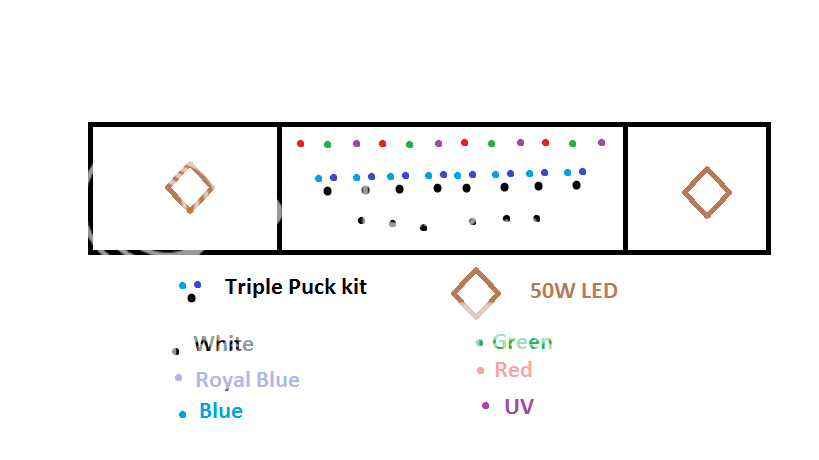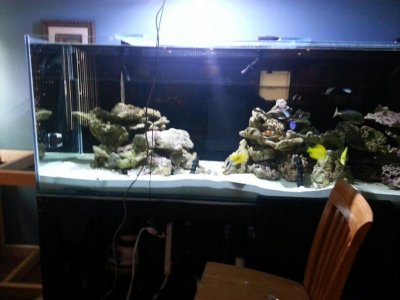Coulor rendering data? I just asked what people think. I am not the first to post pictures in this thread (the first post has 3) and I wont be the last, this is a thread about multichip LED builds, I am currently completing a build and wanted to share my results. The method I used to take the pictures it the best I could use to minimizes the variation the equipment I have would impart on the pictures I was taking. Until there is a better method for providing coulor rendering data or just plain old pictures I don't understand what you want me and other people to do. Should every picture on the internet have a disclosure statement underneath or even embedded within it stating the facts about there monitor colour rendering problems and the conditions the photos were taken in?
There is no need to get defensive, as you are not being attacked. The idea here is to help inform people and help them to make decisions based on good information. Helping those following along to understand the limitations of photographs (esp those posted to the internet) is part of providing good information.
A Disclaimer? Sure, in situations like this it is important. Most folks are blissfully ignorant of the limitations and complexities of photography and color rendering (in an analog or digital world) and simply trust what they are seeing as "fact" or "reality". Why? Because nobody has taken the time to explained to them why a photograph can't be trusted

You mention this thread as context, and it is in fact a perfect example. Much of this thread has been heavy on color rendering discussion and how different combinations of LEDs will actually end up color rendering a fish tank. The ONLY accurate (or even reasonable) way to convey this is in person. The photos are pretty, but 100% useless for anything more than "that is bluer than the other one" and even that can (and is) misleading.
I was well aware of the problems you have mentioned well before you raised them as many people are I just don't understand why you feel you have to tell everyone about it here and not on other threads, possibly you have and I have just missed it? You could also just be a troll and enjoy this type of "debate" again I may have just missed it.
You may be well aware, but the fact is that most folks are not AT ALL aware of the "problem" and simply trust what they see. To that end, most folks posting photos to depecit color end up saying something to the effect "It looks just like this in real life"... Or (as you pointed out) end up buying a coral based on a photograph, only to be upset when they see it under actual real world conditions.
With regard to "other threads". Yes myself (and others) tend to point out the limitations of photographs when we see them posted in a situation where they can (or are) being used to convery specific color rendering of lamp combinations. Again, there is no personal component to this and the information is simply posted to help others following along.
I would like to keep the thread on track and go back to talking about Minimalistic multichip DIY LED builds myself, maybe you could start up a new thread and talk about the problems with every photo and video on the internet not looking identical to the moment in time they were taken. You can even use the photos I posted if you like I really don't mind.
The thread is perfectly on track and the conversation is perfectly in context to the bulk of the conversation (color rendering of combinations of LEDs).











